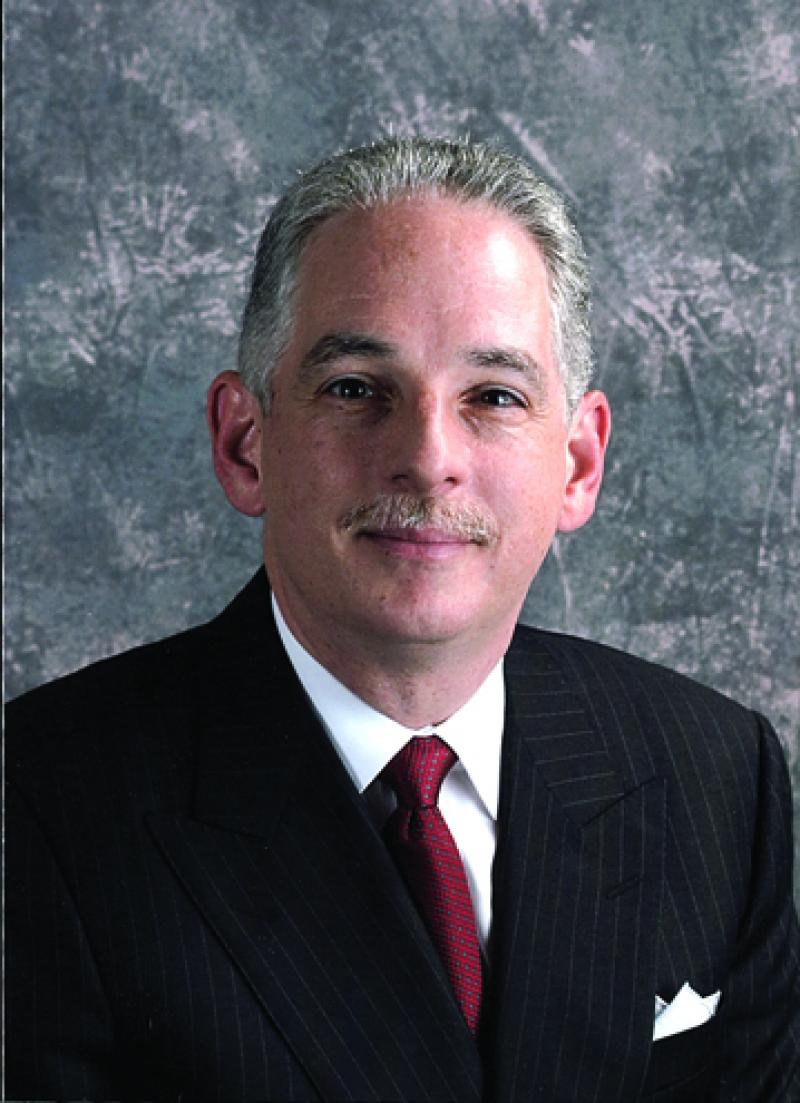

It was called the National Alliance for the Mentally Ill, or NAMI. The group that emerged from that 1979 gathering in Madison did precisely that. I also thought we could make a serious dent in stigma by bringing families into the picture on a national scale. So I felt the time was ripe for a partnership between people in the psychiatric profession and the public.

At the same time, most people who don’t suffer from a psychiatric illness figure they will never suffer from one–an attitude very few reasonable people have about cancer or heart disease, for instance. Why? Well, most patients with severe mental illnesses aren’t able to advocate, either because of incapacity or a fear of being stigmatized. There were no similarly powerful advocacy groups at that time for people with mental illness.

PARDES: Other citizen groups had been working for years on behalf of people with other illnesses, including muscular dystrophy, cancer, and heart disease. QUESTION: Why? What was so important about bringing families into the picture?ĭR. They asked: “What if we had a family group that worked for mental illness causes?” I thought it was a great idea. In 1979, I had been invited to a meeting in Madison, Wisconsin held by a group of parents of people with schizophrenia. In my years in Washington, as we got the NIMH to focus more on research and clinical treatment of mental illness, I also felt strongly that we should work to develop collaborations with citizens. One of these is what you’ve called “citizen involvement” in the cause of mental health.ĭR. But you also devoted time to related issues and causes. The story begins in 1984, when, after serving for five and a half years under Presidents Carter and Reagan as Director of the National Institute of Mental Health (NIMH), you decided to return to academic medicine, becoming Chair of Psychiatry at Columbia University and later the Dean of the Medical School and V.P. So there is no one better suited than you to help us understand the vital role the Council has played in the Foundation’s history.įirst, let’s provide a little context for our readers. Pardes, as the founding President of the Foundation’s Scientific Council, your name above all others is associated with that body. Please enjoy this Q&A sit down with Herbert Pardes, M.D., Executive Vice Chair of the Board of Trustees, NewYork-Presbyterian Hospital / President and Founding Member of the BBRF Scientific Council, and 2014 Pardes Humanitarian Prizewinner in Mental Health.


 0 kommentar(er)
0 kommentar(er)
